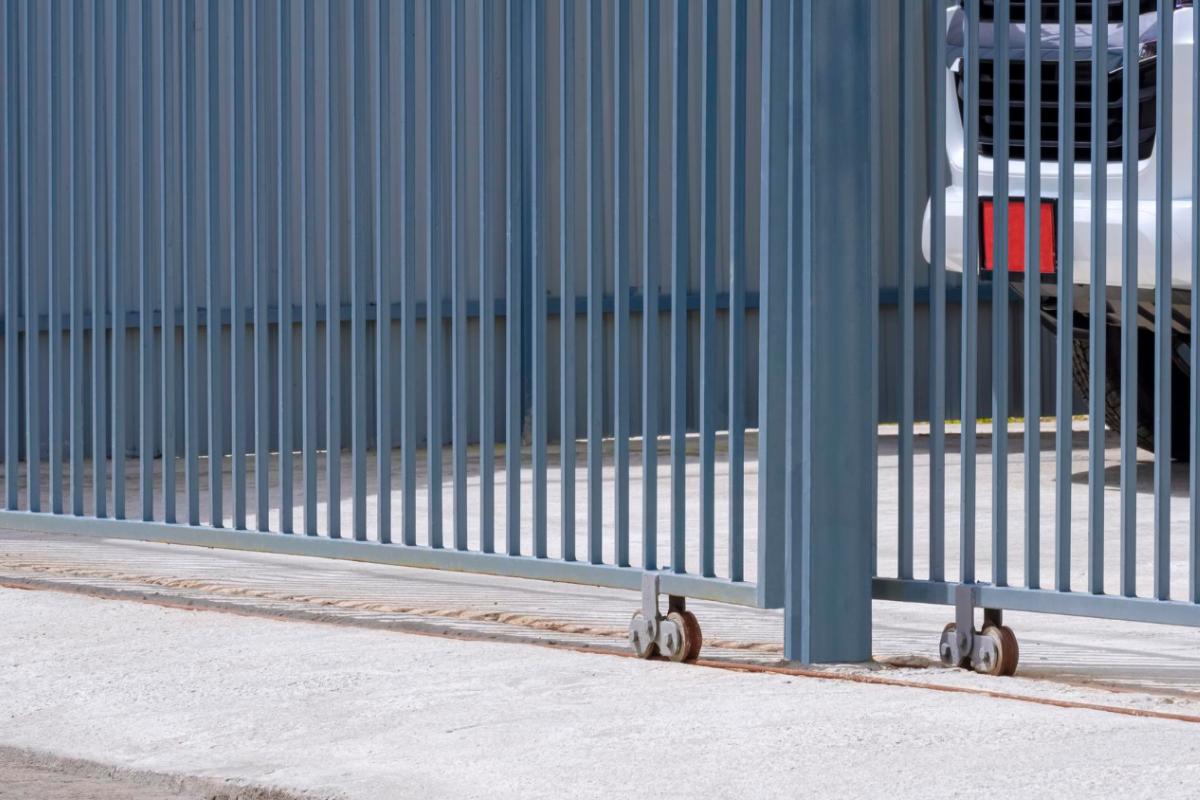Commercial Fence Terms Every Business Owner Should Know

You want to establish a fence on your property but don't comprehend the technical terms. Our fence contractors in Sanford are here to help with what you need to know.
As with most investments, the more you comprehend about commercial fencing, the simpler it is to pick the right barrier. Few clients, however, have the chance to learn even fundamental fencing terms, making it challenging to assess their options. The following guide to border construction language will empower you to make the most suitable security determinations for your company:
Pickets
On decorative barriers and others with a comparable structure, pickets are solid vertical bars extending from the ground to the top of the fence. They are generally constructed from iron or aluminum and are either screwed or fused to the remainder of the border.
Finials
Finial tips are ornamental elements attached to the top of the pickets, which often resemble the head of a spear. They are not critical to the barrier, and some manufacturers do not incorporate them. Nevertheless, most do so to provide the border with an appealing, recognizable impression.
Rails
Fence rails are the solid horizontal rods that attach to the pickets. They are required to stabilize the pickets and keep them in place.
Brackets
Fence brackets connect the rail ends to the closest posts. They are only critical for iron fencing.
Posts
Posts are big, vertical structures positioned at regular intervals along a border. They may be rectangular or round, providing a solid base against which the remainder of the components are stabilized. Most fences are either bolted to a stable surface on the ground, or their lowest sections are buried in concrete.
Post Caps
Just like finial tips decorate the tops of pickets, post caps adorn posts. But, unlike finials, caps also serve a non-decorative role; they stop debris and moisture from collecting along the fence. Caps can include either ball or flat forms.
Angles
Whether to enclose a specific tract of land or bypass pummeling obstacles, fence sections often must join in ways that are not quite perpendicular. These sorts of connections are known as angles.
Clearance
This refers to the area separating the fence panel's lowest part and the ground. Clearance impacts how deeply the posts must be buried in the earth and the types of solid surfaces they can attach to.
Gauge
The gauge is the thickness of the textiles used in the barrier. Perfect gauges vary by the fence type and the kind of metal used. Aluminum posts, for instance, should have a four by four-inch gauge, while steel posts require six by six inches.
Gate Frame
The posts on either flank of a gate create its frame. The frame can also contain a bottom post fused to the side posts.
It's wonderful to be informed about fence construction language, but there is no need for you to be a specialist when we are on your team. Our fence contractors in Sanford are committed to supplying you with all the knowledge you require to select fencing to protect your property. To discover more about commercial fencing in Florida, contact us today.